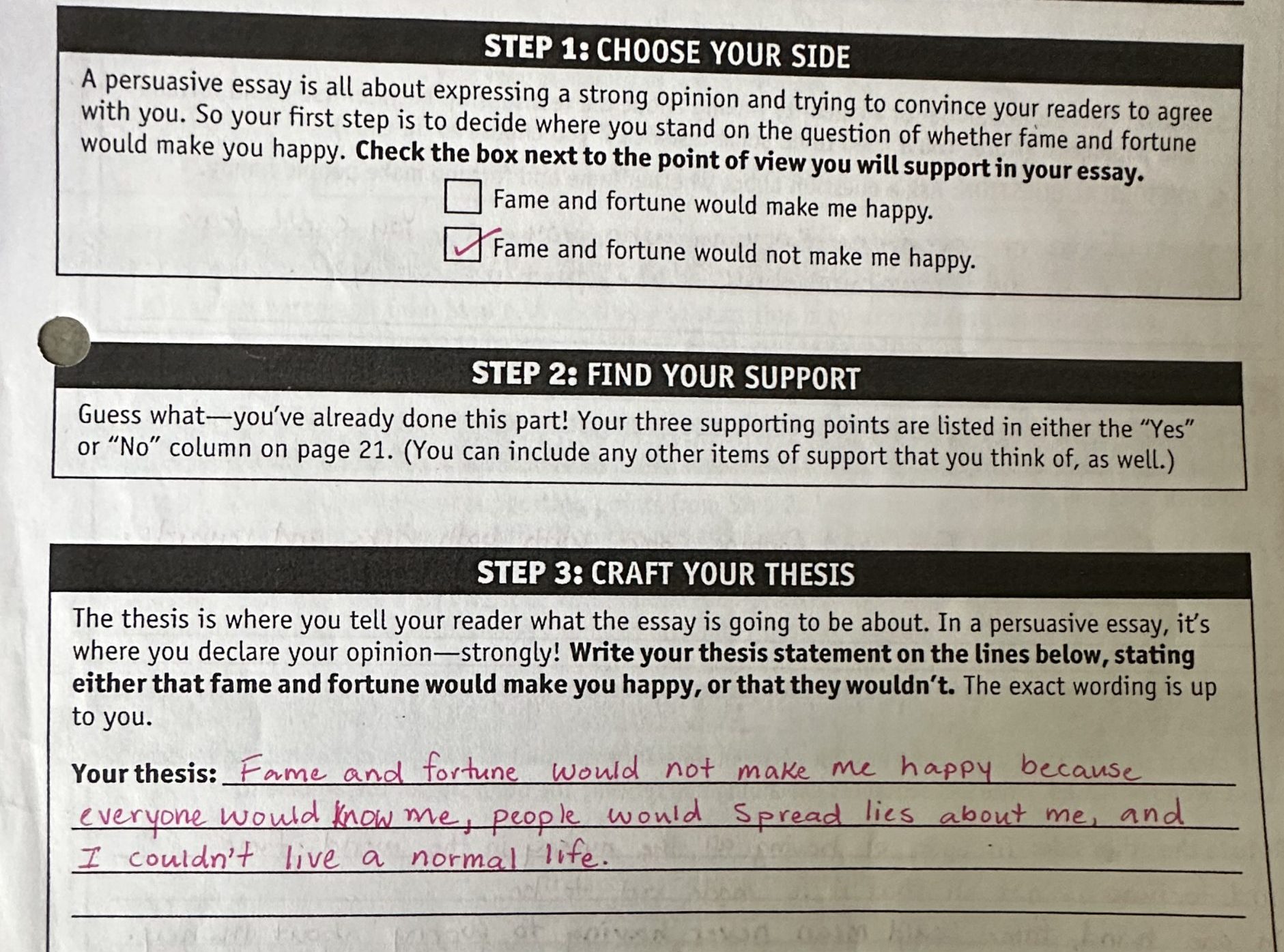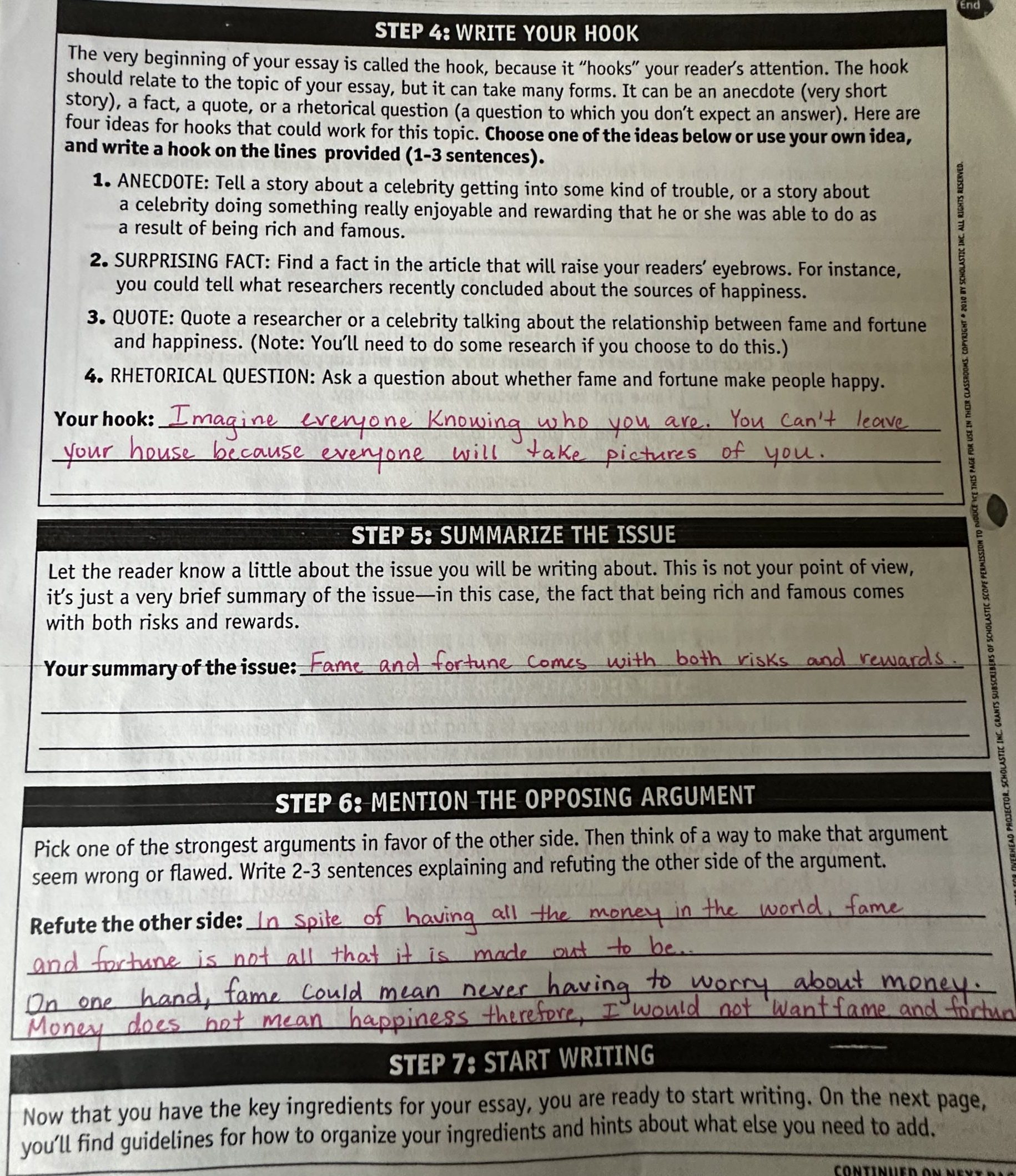In a diverse classroom where the students come from all different cultures, communities, and families, teachers must understand the learner differences. Students have a variety of skills and understandings even though they are all sitting in one room. Teachers can plan accordingly to each individual learning difference and provide learning experiences that will personally benefit each individual learner.
It is a teacher’s job to accommodate all students and support their strengths and needs within the classroom. An effective teacher incorporates the multiple intelligences throughout their lessons. The multiple intelligences (logical, visual, musical, intrapersonal, interpersonal, kinesthetic, and linguistic) are a theory of learning that show humans have individualized ways of learning. Our students have complex and diverse brains that require different approaches to learning in order to grow.
This standard is important in ensuring that each student, no matter where they come from, or how they learn, is receiving an education that is unique to them, and will further contribute to their growth.
Project Options
When my 9th grade students finished their reading of The Odyssey, they were given a list of final project options. Students had three choices: a presentation, a persuasive paper, or a creative track list. By giving the students options, they were able to choose a project that best fit their learning styles and personal interests. Here you can access The Odyssey Final Project Options.
Below are some examples of students’ Epic Music Track Lists.
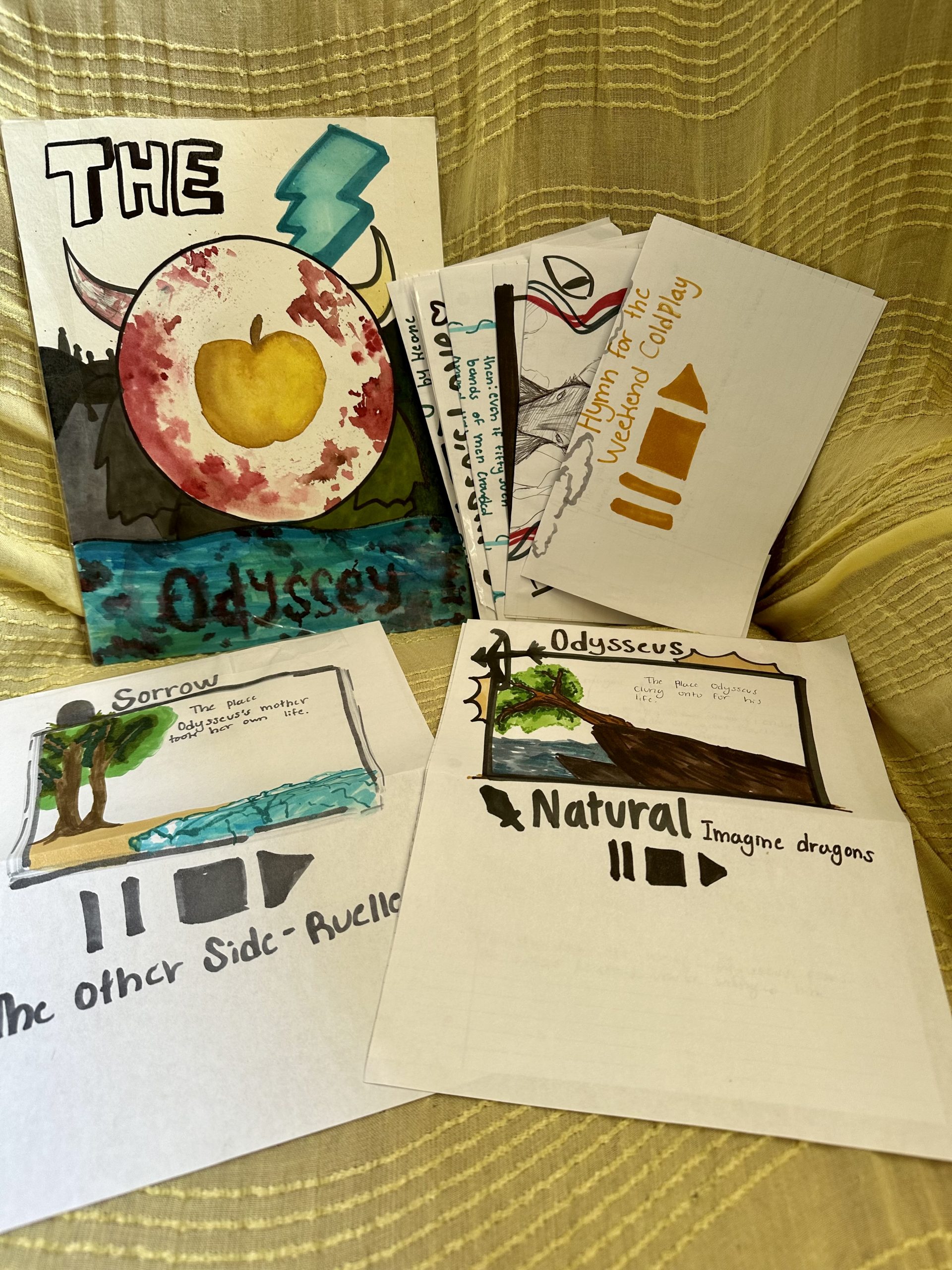

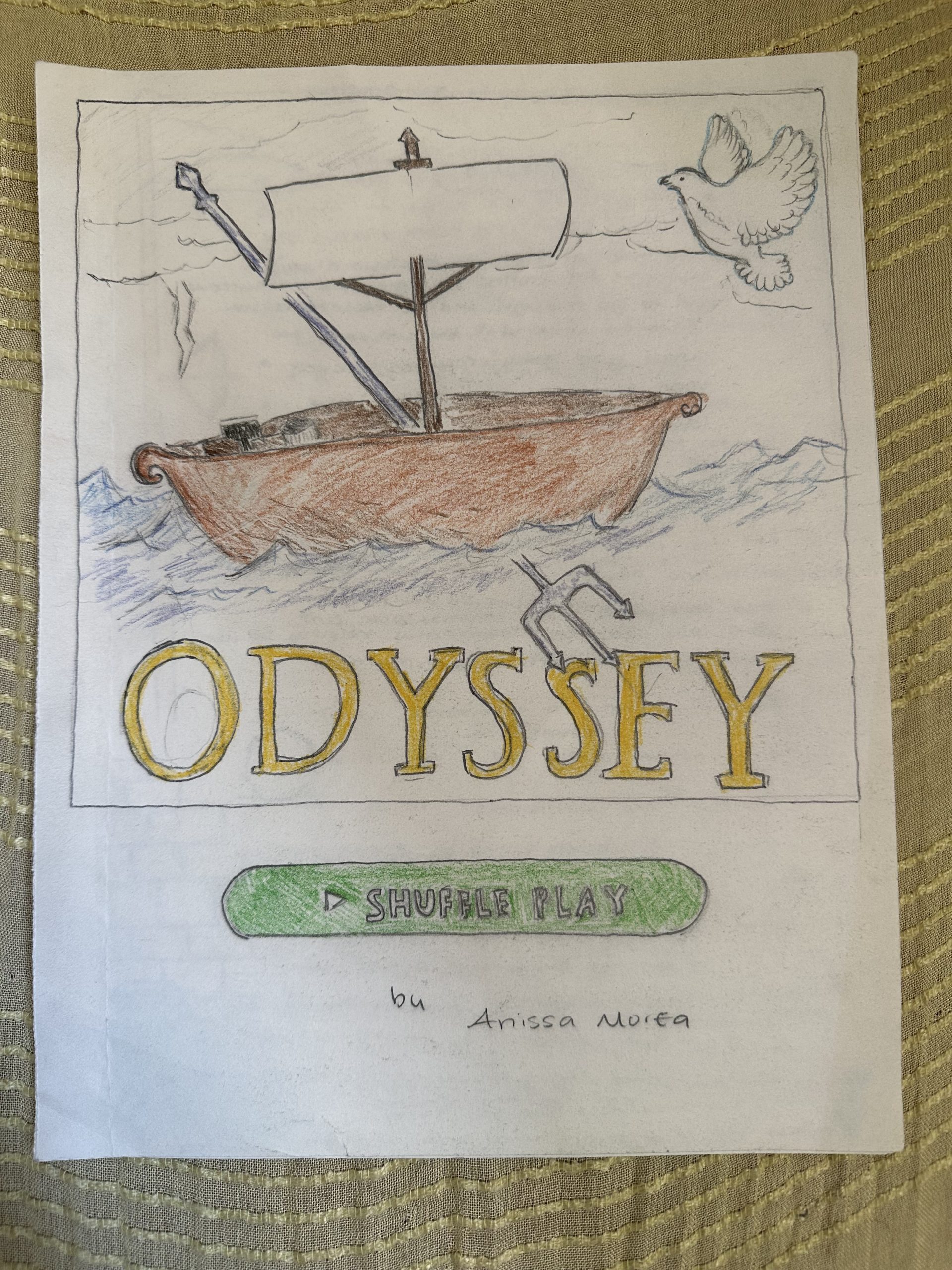
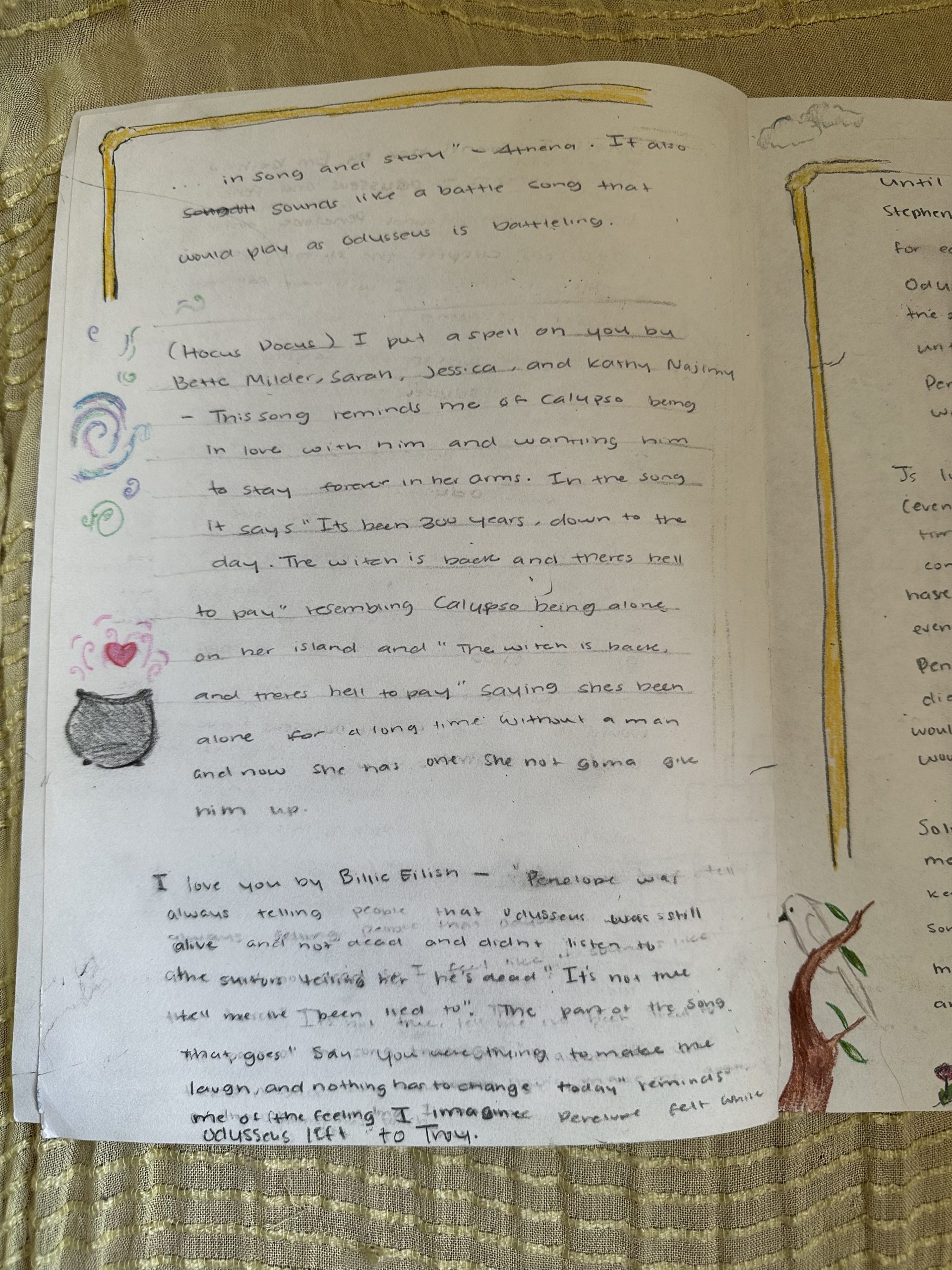
Multiple Intelligence Assessment
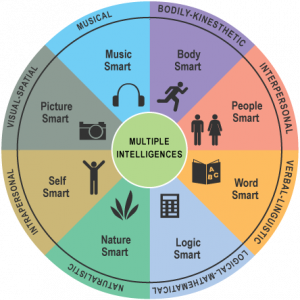
Another way I prioritize learner differences is by having students complete a “what kind of learner are you” quiz. Once the students have results, they will form groups with people who are common learners. These groups will meet often throughout the schoolyear. This quiz allows teachers to help make group work custom to the different types of learners. This activity further allows the students to practice material in their preferred ways. The online test I use for this is the “What’s Your Learning Style” Quiz.
Modifications
One of the most important aspects of supporting learner differences is making effective modifications to lessons, worksheets, projects, and assessments. I make modifications to my lessons so that every student is able to participate in the content and course work in an equitable manner. On a persuasive essay assignment with seventh graders, the students were asked to compose a two-to-three-page essay on whether they would want fame or fortune. Some students, like our English language learners, were given a graphic organizer, where they could compose a long paragraph. Their essay requirements were modified to only be one full paragraph instead of a two to three-page essay.
This is an example of a student from my small group’s essay using the graphic organizer. I wrote this student’s ideas out in the organization process, and they would type their final draft.
